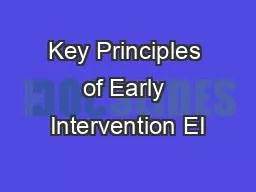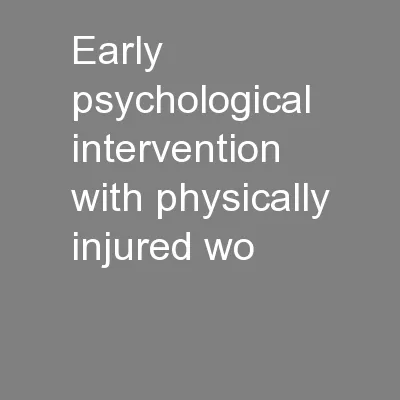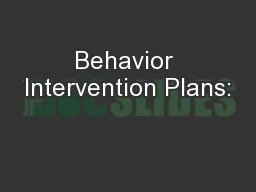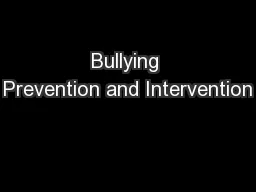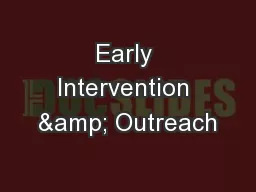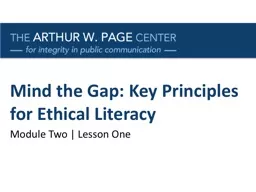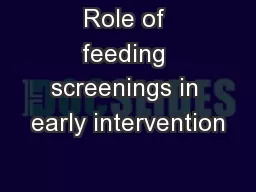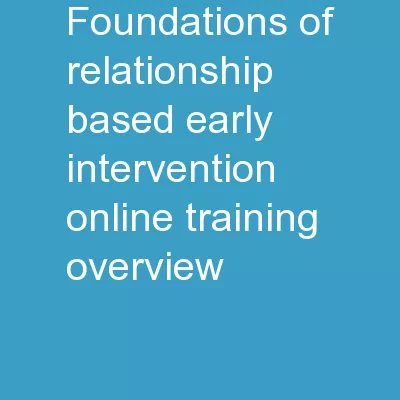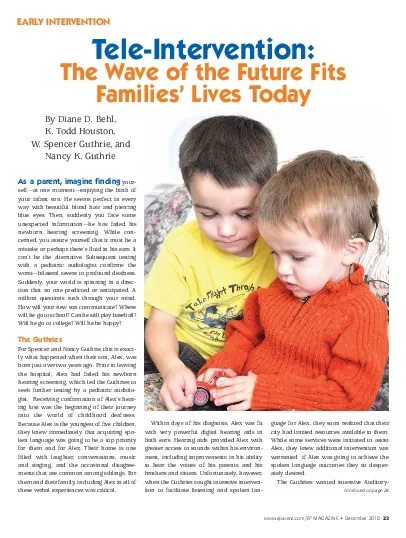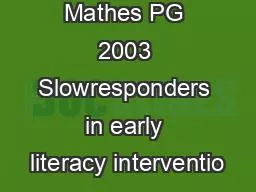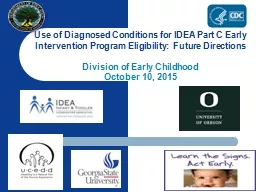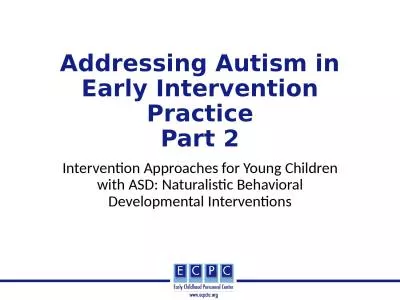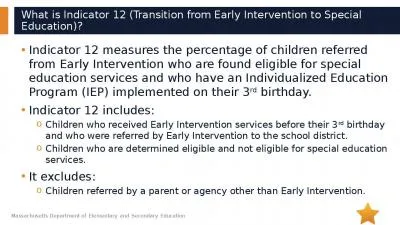PDF-Key Principles of Early Intervention EI
Author : martin | Published Date : 2021-10-05
Children learn from everyday experiences with their familycaregiverAny family given needed supports and resources can help their child learnEI providers work with
Presentation Embed Code
Download Presentation
Download Presentation The PPT/PDF document "Key Principles of Early Intervention EI" is the property of its rightful owner. Permission is granted to download and print the materials on this website for personal, non-commercial use only, and to display it on your personal computer provided you do not modify the materials and that you retain all copyright notices contained in the materials. By downloading content from our website, you accept the terms of this agreement.
Key Principles of Early Intervention EI: Transcript
Download Rules Of Document
"Key Principles of Early Intervention EI"The content belongs to its owner. You may download and print it for personal use, without modification, and keep all copyright notices. By downloading, you agree to these terms.
Related Documents

